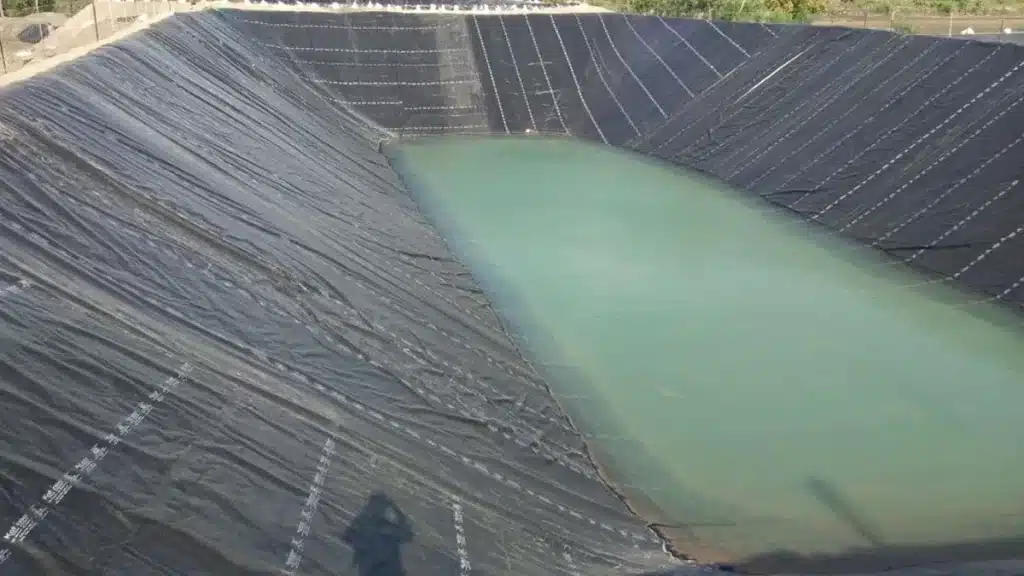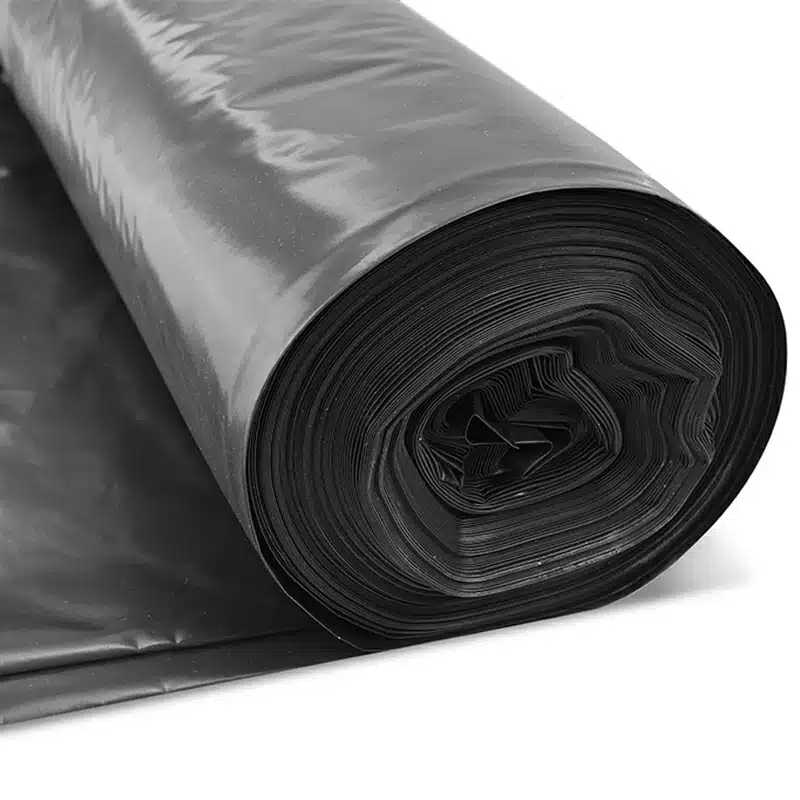+86-159 9860 6917
info@geofantex.com
geofantex@gmail.com
+86-400-8266163-44899
Geomembrane ponds have become a critical solution in various sectors, from agriculture to industrial waste management, due to their ability to provide reliable containment and prevent environmental contamination. Geomembranes are flexible polymeric sheets that are impermeable, making them ideal for lining ponds, reservoirs, and other containment areas. This article explores the fundamental aspects of geomembrane ponds, including their materials, construction, and comparison with geotextiles in highway construction.
What is the difference between geotextile and geomembrane in highway construction?
Geotextiles and geomembranes are both crucial materials in civil engineering, but they serve different purposes, particularly in highway construction. Geotextiles are permeable fabrics used for separation, filtration, reinforcement, protection, or drainage in road construction. They allow water to pass through while retaining soil particles, thus preventing erosion and enhancing road stability.
On the other hand, geomembranes are impermeable liners used for containment. In highway construction, geomembranes are often used as barriers to prevent water infiltration into the underlying soil layers, thereby maintaining the structural integrity of the road. The key difference lies in their permeability; geotextiles allow fluid passage, whereas geomembranes do not.

What are the raw materials for geomembranes?
Geomembranes are typically made from synthetic polymers, with the most common materials being High-Density Polyethylene (HDPE), Low-Density Polyethylene (LDPE), Polyvinyl Chloride (PVC), and Ethylene Propylene Diene Monomer (EPDM). HDPE is particularly favored for its high strength, chemical resistance, and durability, making it suitable for various applications, including pond liners and waste containment.
Each material offers unique properties; for instance, PVC is flexible and easier to install in cold weather, while EPDM is known for its elasticity and resistance to UV radiation. The choice of material depends on the specific application requirements, such as environmental conditions and the nature of the fluids to be contained.
What is the most important aspect of construction with geomembranes?
The most critical aspect of construction with geomembranes is ensuring a leak-free installation. This involves meticulous preparation of the subgrade, proper selection of the geomembrane material, and careful welding or seaming of the geomembrane sheets. Any damage or improper seaming during installation can lead to leaks, compromising the containment system and potentially causing environmental harm.
Regular quality control and testing, such as air pressure tests and vacuum box tests, are also essential during and after installation to ensure the integrity of the seams. Proper anchoring and protection from mechanical damage during the backfilling process are equally important to prevent tears or punctures in the geomembrane.
Where are geomembranes used?
Geomembranes are widely used in various industries for containment purposes. Common applications include:
- Pond Liners: Used in aquaculture, agriculture, and decorative ponds to prevent water loss and contamination.
- Landfill Liners and Caps: Provide a barrier to contain waste and prevent leachate from contaminating groundwater.
- Mining Operations: Used in tailing ponds and heap leach pads to contain hazardous materials.
- Water Reservoirs: Used to line reservoirs, preventing seepage and loss of valuable water resources.
- Canals: Lining of canals to prevent water loss and erosion.
Their versatility and impermeability make geomembranes indispensable in projects where environmental protection and fluid containment are priorities.
Geomembrane ponds are a vital tool in environmental management and industrial applications, offering robust containment solutions. Understanding the differences between geotextiles and geomembranes, the materials used in geomembranes, the importance of proper installation, and their various applications is essential for anyone involved in construction, environmental protection, or resource management. With proper selection and installation, geomembranes provide long-lasting, effective barriers against contamination and resource loss.



Get Free Sample
We’ll respond as soon as possible(within 12 hours)






















